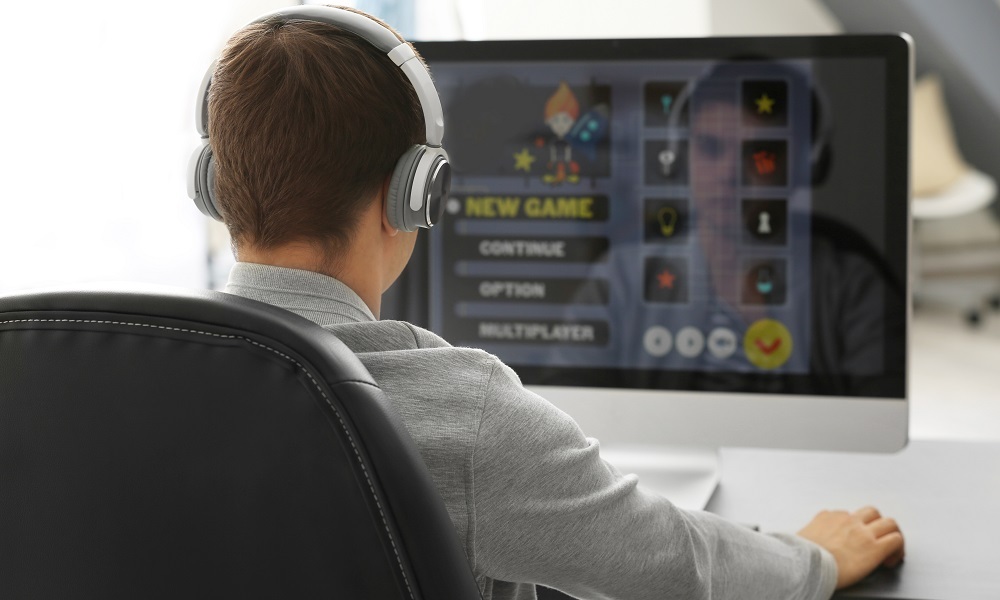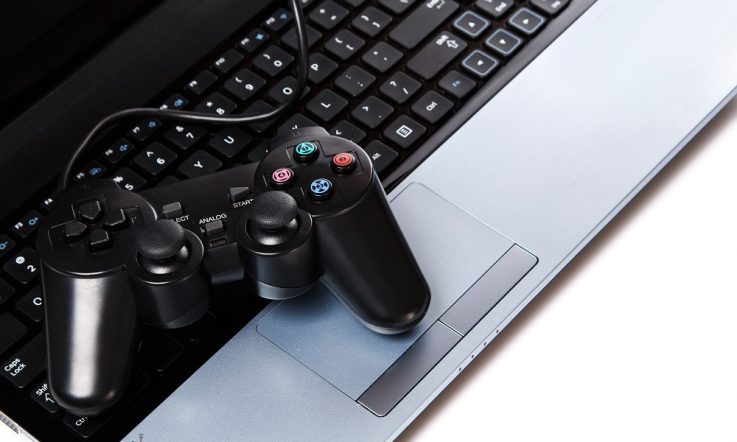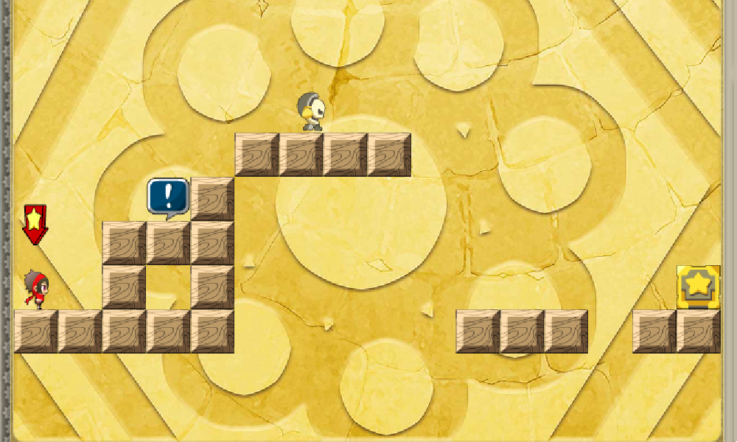There are many ways to develop STEM (Science, Technology, Engineering and Mathematics) skills with students, and research shows game-based learning can be an effective tool for engagement.
Since 2014, ACER’s annual Australian STEM Video Game Challenge has invited students to design and build their own video game individually or in a group of up to 4. The challenge is open to students in Australia in Years 5 to 12, who must seek inspiration from the year’s theme.
The theme for the 2022 challenge was networks and the winning games for the challenge’s 6 categories were announced yesterday. At the bottom of this article, you can find a full list of the winning games.
Building student skills in STEM
The STEM Video Game Challenge requires students to use coding, design and literacy skills to build their own video game entirely from scratch. Skills like creativity and problem solving are also essential.
Students entering the challenge as part of a team are encouraged to assign roles like programmer, artist, audio designer, storyteller/script writer and tester. The programmer takes the lead in writing any code required, the artist concentrates on the graphic design elements of the game, the audio designer is responsible for any audio elements in the game, the storyteller/script writer works on developing the game’s narrative, and the tester focuses on testing the game for any issues.
Participants are required to register with an adult mentor, which is typically a teacher. Mentors are responsible for helping keep the team on track during the course of the challenge.
Back in 2019, Year 6 teacher Ben Wynne from St Anthony's School in Wanneroo, Western Australia, documented his journey being a team mentor for Teacher in a series of videos.
‘My job is really to break the project down into manageable chunks,’ Wynne shared in a video. ‘If I said, “Hey, we're going to all make video games, give it a go”, it's an overwhelming amount of work for students. But instead, I break it down into manageable steps so they never feel overwhelmed, they always have a direction, we check in often and make sure that they're on task and they're able to keep setting and meeting their goals.’
A lasting impact on students
The aim of the STEM Video Game Challenge is to engage students in STEM in a new and exciting way, and, ultimately, to prepare students for the future.
High school graduates and previous participants in the STEM Video Game Challenge, Maxwell Arch and Jade Short, say their experience taking part in the challenge for multiple years while at school was key for them pursuing game development after graduating.
They participated in the challenge for the first time in 2018, and in 2021, then Year 12 students Arch and Short were named winners in the 9-12 Playable game in UNITY & UNREAL category for their game, Murus.
‘What really got my attention about [the challenge in 2018] was – I’d been doing a bit of game development stuff myself recently at that time … but I think it was the prospect of putting together a team to make a full, proper game, I think, was what got me excited all those years ago,’ Short shares with Teacher.
When they participated in the challenge for the second time, Arch and Short also decided to launch SoulCube, a name under which they published YouTube videos and have created an online community with users all over the world. They have been developing and refining the work of SoulCube ever since.
‘We were doing game development for a bit, and we wanted to take it a bit more seriously … and it was kind of our first leap into trying to do things more professionally … and it kind of led into what we’re doing now,’ Arch tells Teacher.
‘I don’t know if Max and I would be working together if we didn’t have [the STEM Video Game Challenge] as the catalyst,’ Short says.
Participation in the challenge also helped foster other skills in Arch and Short which they are still using to this day, for example, time management.
Short, who was the team’s programmer, used the Unity game engine to build a game each year they participated in the challenge. ‘We still use it now too,’ he says. ‘So that’s sort of given me the time to get more familiar with the engine … and I think that’s something you can definitely see across the years with, I think, the visuals improving a lot.’
Their goal now is to develop Murus into their first commercial project.
2022 challenge winners
Below is a list of names of the winning games for each category in the 2022 STEM Video Game Challenge.
Year 5-8 Playable game (open category)
Winner: Undefeated
Year 5-8 Playable game in GODOT
Winner: Hex Meltdown
Year 5-8 Playable game in SCRATCH
Winner: Martian Multiplier: The Alien Infection
Year 9-12 Playable game (open category)
Winner: Stack and Cyber Shock (draw)
Year 9-12 Playable game in GODOT
Winner: Conglomerate Squad
Winner 9-12 Playable game in UNITY & UNREAL
Winner: Tenebris
Special mention: V!RU5
As an upper primary or secondary teacher, reflect on the opportunities your students have to be extended in STEM subject areas. Are you aware of what external resources are available? How could you utilise these in the next school year?
How often do your students have the opportunity to participate in external challenges? How does this enhance their engagement in learning?



